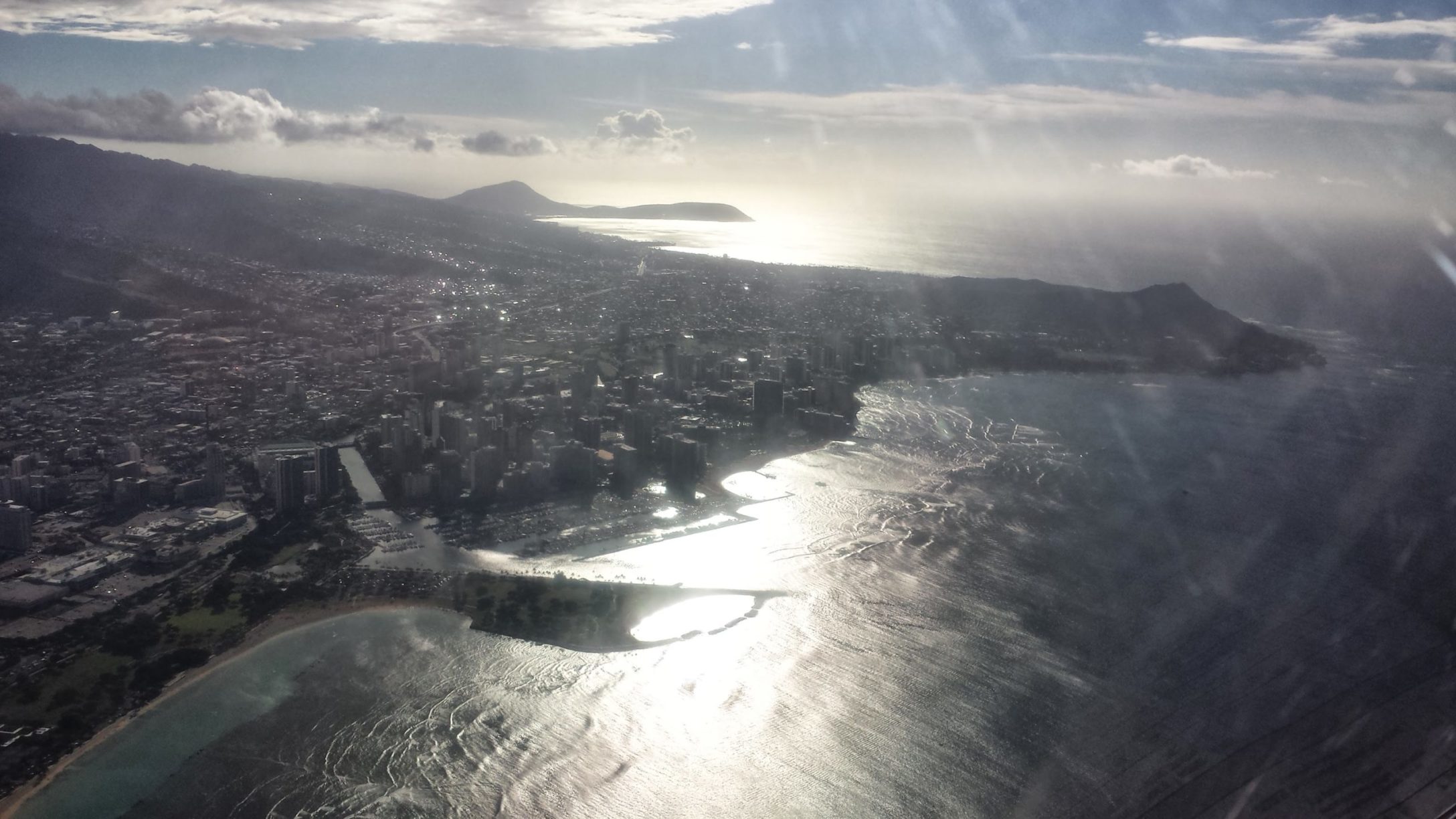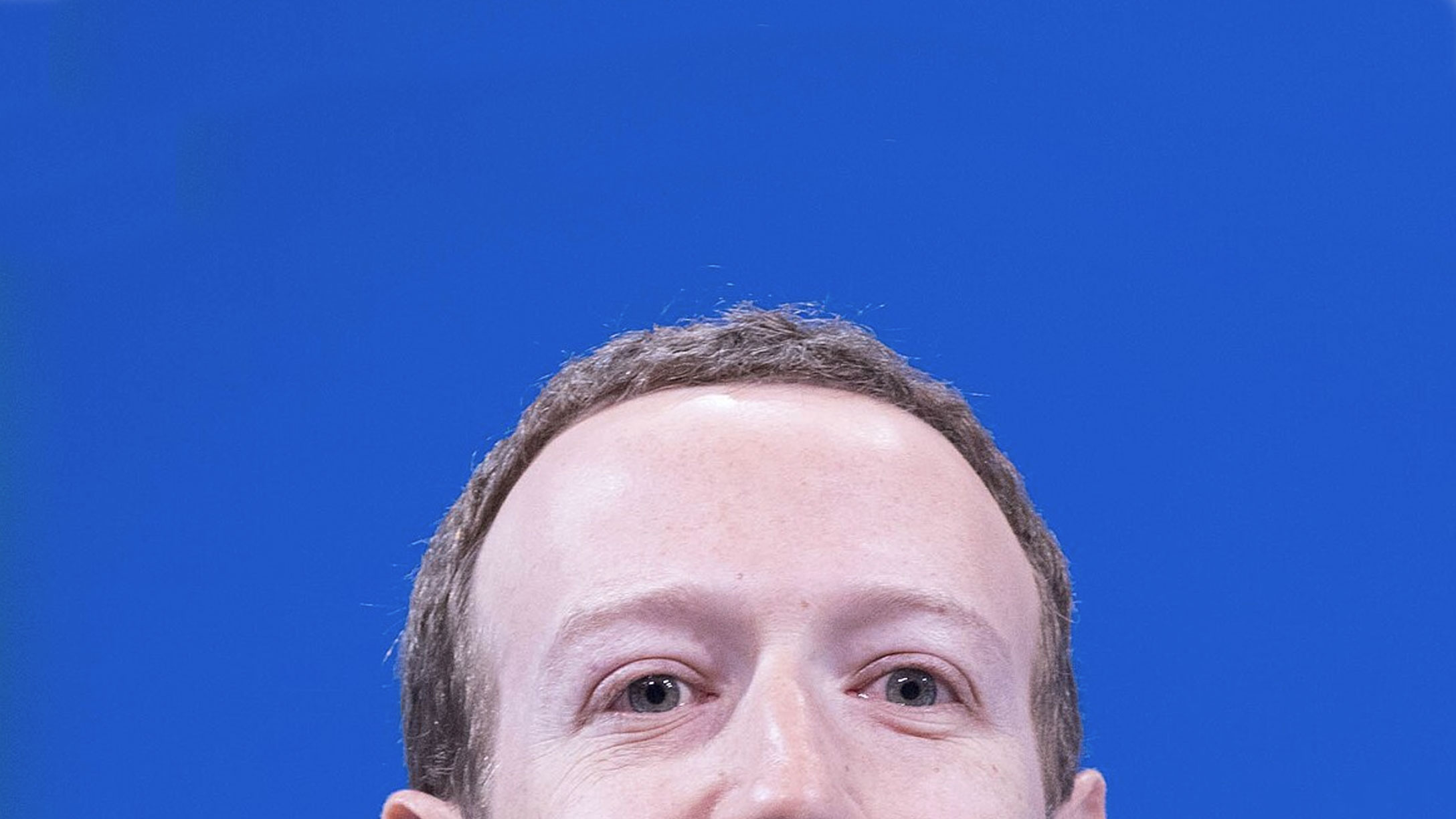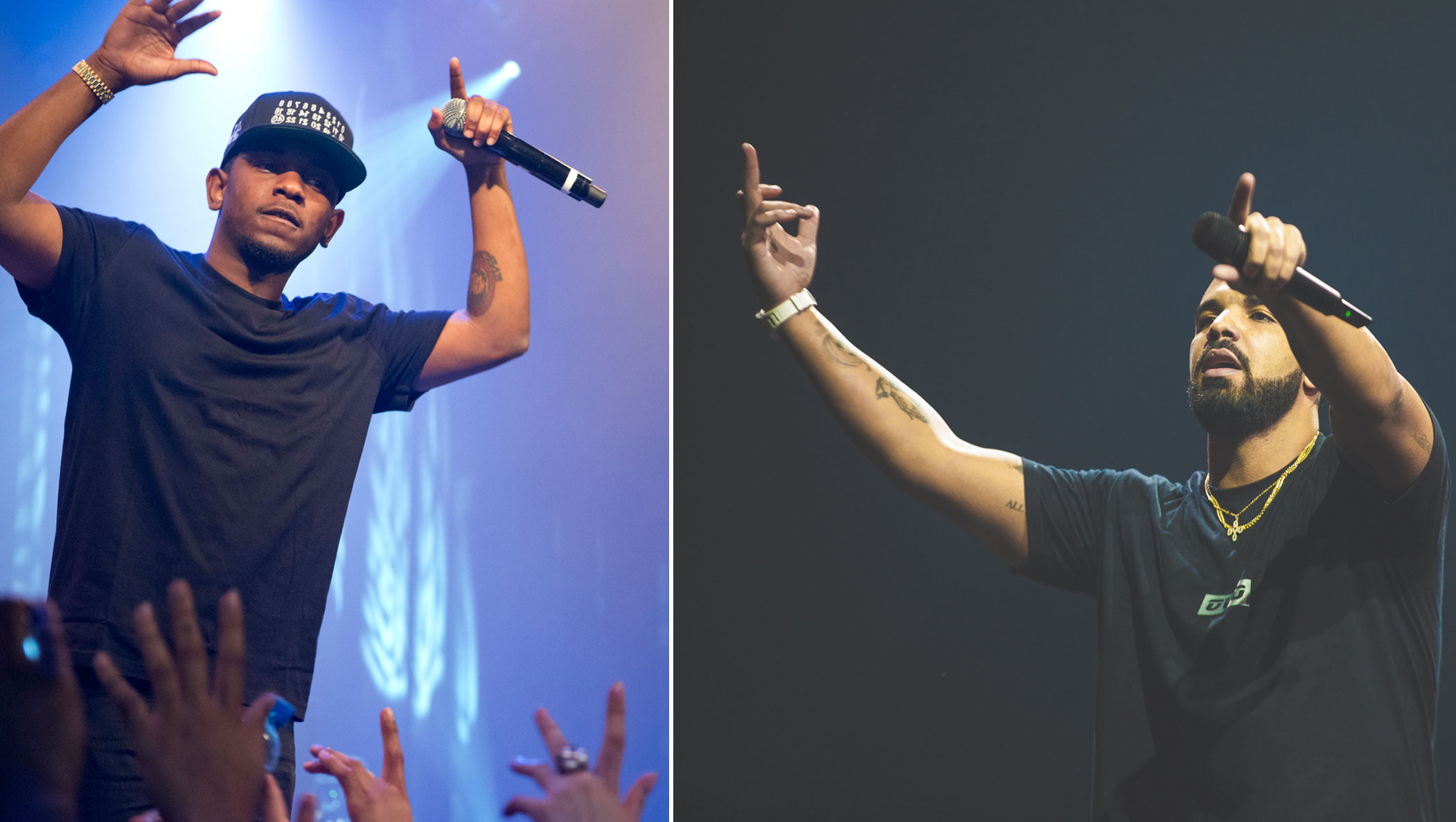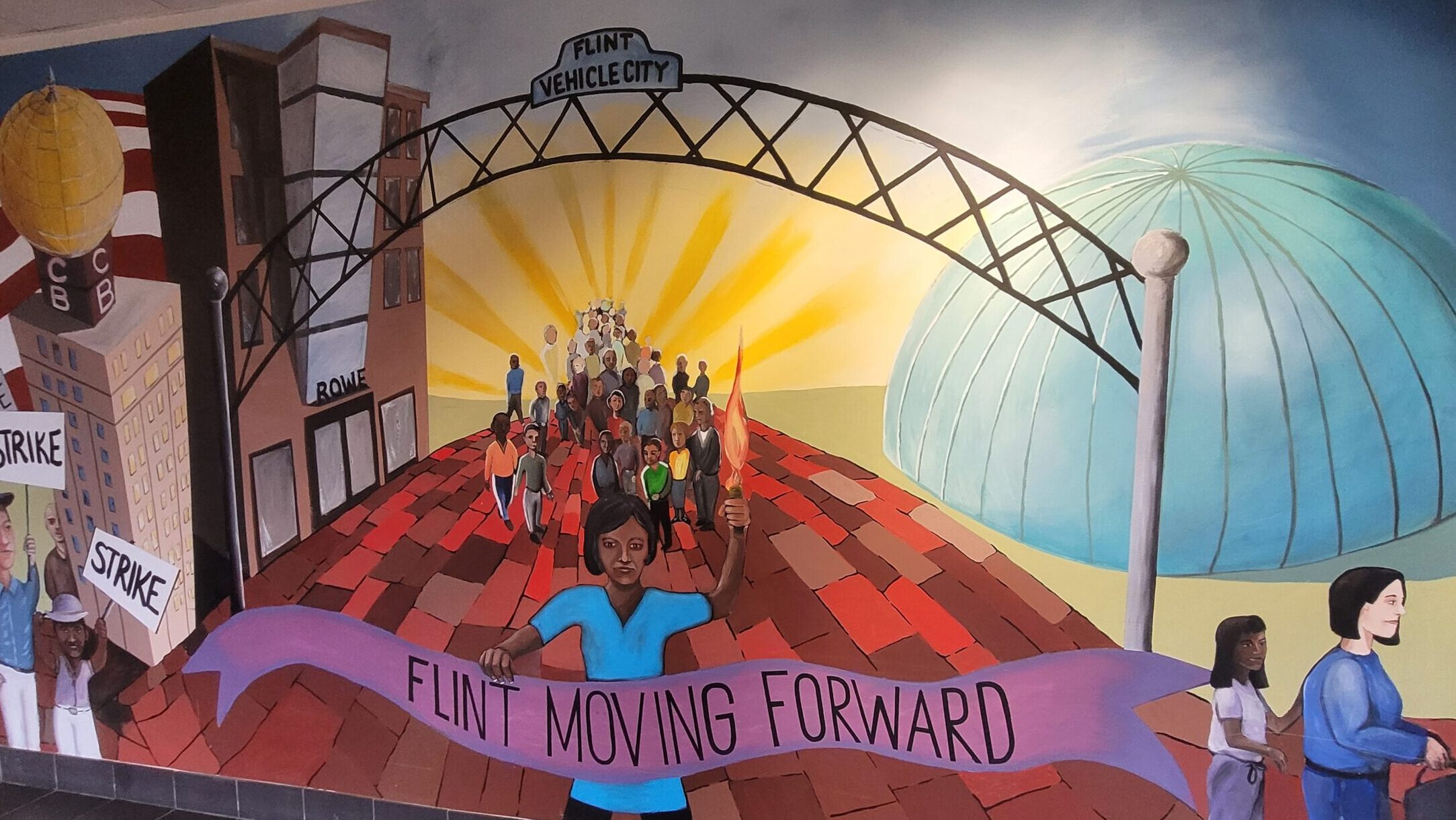Regardless of how often a traveler might walk the corridors of Honolulu International Airport, the first breath of fresh Hawaiian air always fills the body with warmth, literally and figuratively. It was June of 2010 when I first experienced this sensation, stepping out from the terminal’s conditioned air into the moist, temperate climate of Oahu. I stared at the palm trees dancing in the wind beyond the tarmac—an extraordinary sight, particularly for a haole like myself.
Though the kama’aina, or local, who met me at the curb would eventually become one of my best friends, our first conversation couldn’t have been more superficial. So, do you surf? Which luau has the best food? Can you eat those coconuts? He took my tourist’s questions in stride, deflecting the topics to real issues, leaving aside the Hawaii 5-0 cultural façade. This was my first experience of Aloha.
As an officer in the Navy, a Naval Aviator, I came to the islands to fly the P-3C Orion in the most remote island chain in the world. During my first week of work, the officers in the wardroom gathered for a seminar featuring Senator Daniel K. Inouye. I was wholly unprepared for the gravity of this occasion. He spoke with dignity and poise; a champion who’d lost his right arm, amputated at the elbow by blunt force trauma from a rocket grenade. As President pro tempore of the United States Senate, this man was third in the line of succession for the presidency, the longest sitting senator in the United States, the first Japanese American to sit in either house of Congress, and a recipient of the Medal of Honor for his heroic actions during World War II: Not just a senator, but a living legend.
On his passing two years later, it only made sense that Hawaii’s largest airport would carry his name in perpetuity. On May 30, 2017, Honolulu International Airport (HNL) was officially renamed Daniel K. Inouye International Airport.
Opened in 1927 as John Rodgers Airport, named after another notable American, the runways (and seaplane runway) augmented the small landing strips dotting Oahu’s coastlines. Following the attacks on Pearl Harbor on December 7, 1941, the Navy took control of the airport from the Territory of Hawaii, naming it Naval Air Station 29. Still today, the drive along the H-1 Freeway towards the airport offers many views of the relics of World War II, including the USS Arizona Memorial, the USS Missouri, and Joint Base Pearl Harbor-Hickam.
A typical day on the taxiways here is comparable to an airshow just about anywhere else. It’s not uncommon to find a lineup for the Reef Runway to include a UPS 747, Southwest 737, Air Force KC-135, Navy P-8A, Hawaiian 717, and maybe—if you’re lucky—a flight of four Hawaii Air National Guard F-22 Raptors about to conduct an unrestricted vertical climb to 20,000 feet in 60 seconds. All this, against the backdrop of blue skies, puffy white clouds, a rainbow thrice a day brought by passing showers, and even a killer paddleboard break near the approach end of runway 8R.
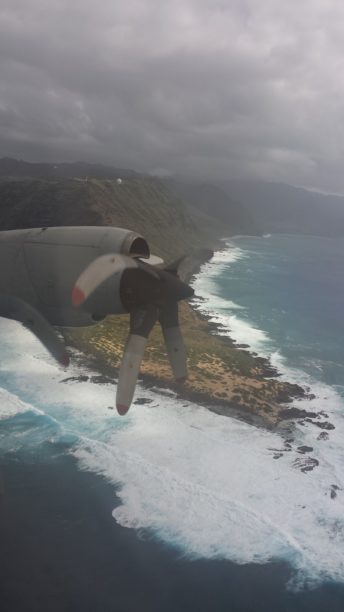
Taking off from the pilot’s seat affords a breathtaking view of the southern Oahu shoreline. Immediately upon departure, aircraft are directed to turn right to avoid overflight of downtown Honolulu. The best departures are those in which arriving air traffic forces the pilot to stay low along Waikiki, examining each surf break, one by one: Kewalo’s, Canoe’s, Queen’s, Sleepy Hollow. A short blast of bubbly turquoise excitement followed by at least five hours of ocean and clouds en route to the next landmass.
One can see from a bird’s eye view that the airport’s layout is a mishmash of construction efforts spanning generations. By no means was the airport centrally conceived, but nonetheless it gets the job done, facilitating more than 326,000 landings in 2019.
Enveloped by the only Class B airspace in the entire island chain, the airport is the first and last impression of Hawaii for approximately two-thirds of the state’s travelers. It provides them a glimpse of the state’s natural beauty, juxtaposed with two-and-a-half centuries of sociopolitical strife.
Calling Hawaii a state is more a matter of economic and political strife than it is the will of Native Hawaiians. Ancient Hawaiian society was transformed during the late 18th Century by Kamehameha the Great into a constitutional monarchy that unified the island chain. By the late 19th century, business—particularly the sugar industry—was booming throughout the islands. A group of businessmen saw annexation by the United States as their most lucrative future, so in 1893 they overthrew the monarchy and created the Provisional Government of Hawaii.
The islands were annexed by the United States in 1898, and in 1959 the Territory of Hawaii became the youngest state in the union. To this day, a grassroots Hawaiian Sovereignty Movement seeks to restore cultural vitality and territorial sovereignty to Native Hawaiians. Emboldened by the Apology Resolution of 1993, wherein Congress acknowledged the United States as complicit in the overthrow of the Kingdom of Hawaii, the front for the battle of Hawaiian sovereignty vacillates between hooliganism, like the removal of American flags on Independence Day, and concerted, inspiring efforts to protect Mauna Kea against further desecration by the proposed Thirty Meter Telescope.
The COVID-19 pandemic has hit the economy of the islands particularly hard, and the airport is no exception. Hundreds of airport workers have been permanently laid off. Revenue generated through tourism accounts for 23% of the Hawaiian economy, the vast majority of which flows at some point through the airport. Today’s Hawaiians need tourism to thrive, but tourism erodes the islands’ resources, and thus Hawaii’s continued prosperity; the Catch-22 of the islands’ economy. Corals have bleached in over-trafficked areas, and sand has drifted irreplaceably from over-built shorelines (even at the behest of one who might have seemed the most unlikely culprit). Endemic flora and fauna have gone extinct, and the Native Hawaiian population battles to preserve its identity.
Hawaii isn’t the two-dimensional paradise you’ve seen on a postcard of Waikiki Beach. My friend and I don’t surf together, attend luaus or laze endlessly by the shore. Instead, our lives have progressed, intertwined: attending each other’s North Shore weddings; stuffing our faces with garlic shrimp; losing, then miraculously finding pets; evacuating from hurricanes. A kama’aina, and a haole, together with the rest of the citizens of Hawaii. We welcome visitors, fly planes, and stare down cultural erosion, all the while trying to enjoy and preserve the natural beauty of the islands in the enduring spirit of Aloha—a word that means hello, it means goodbye, and it also means love.

